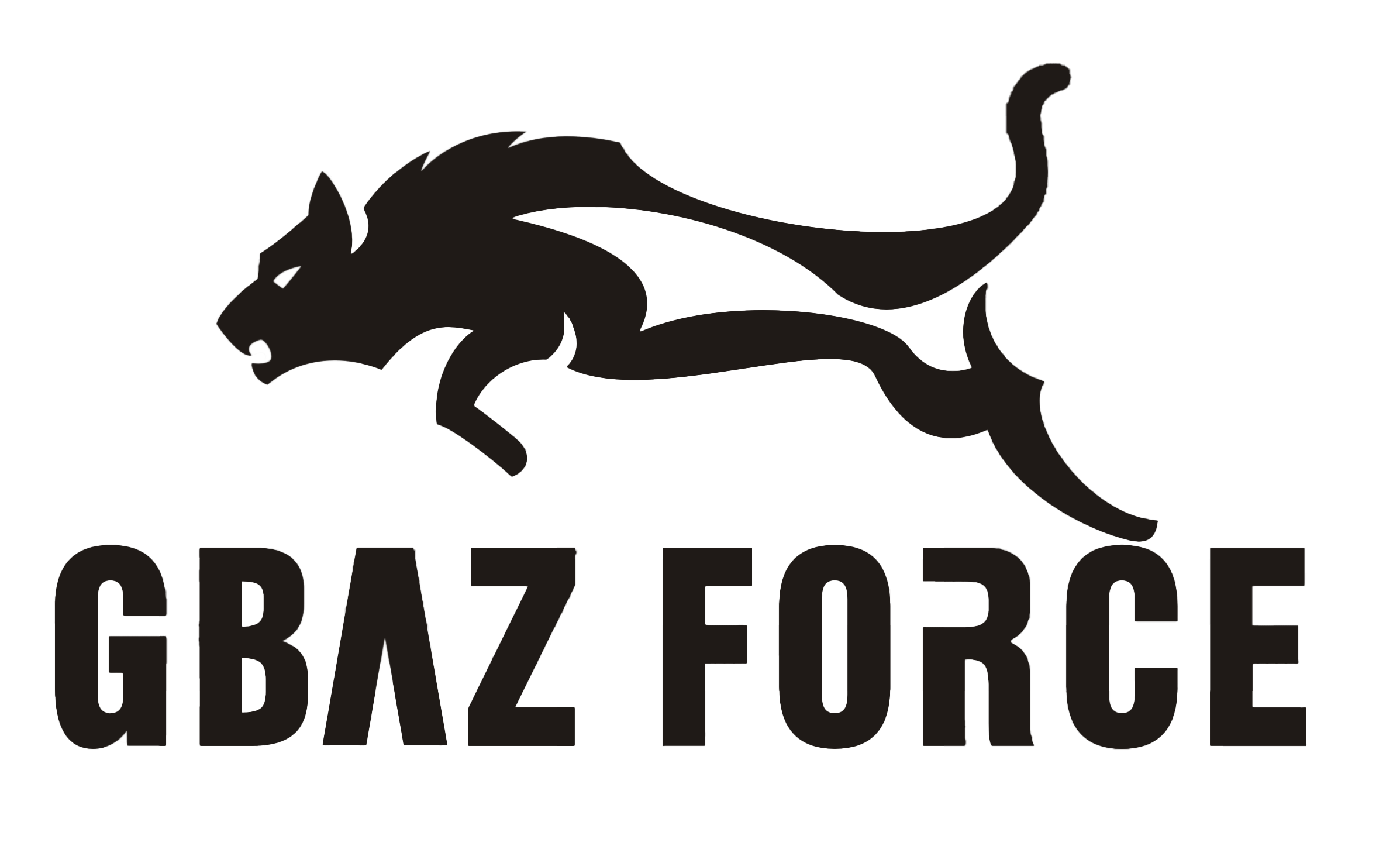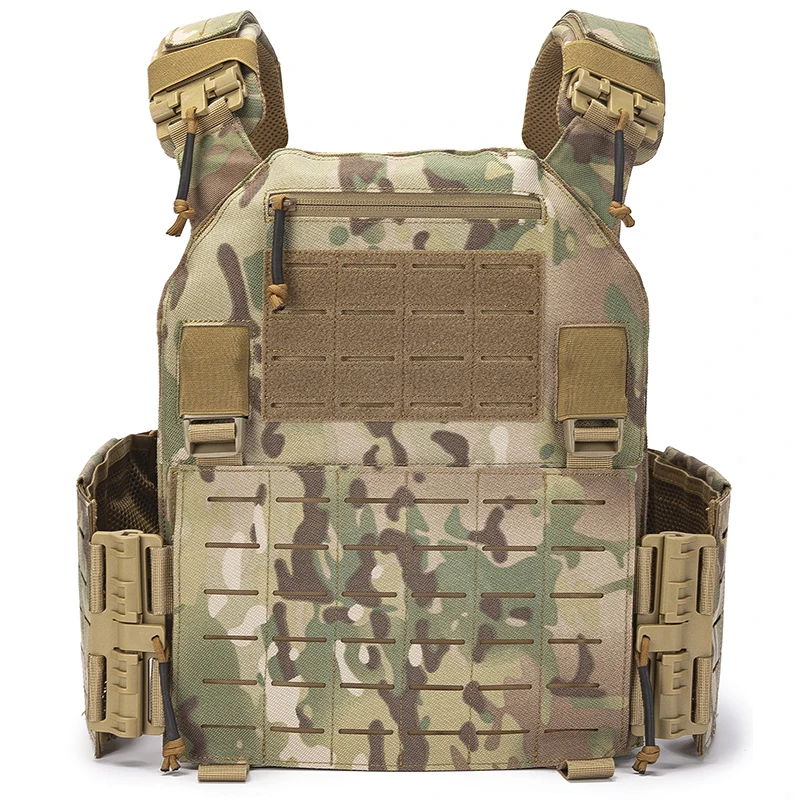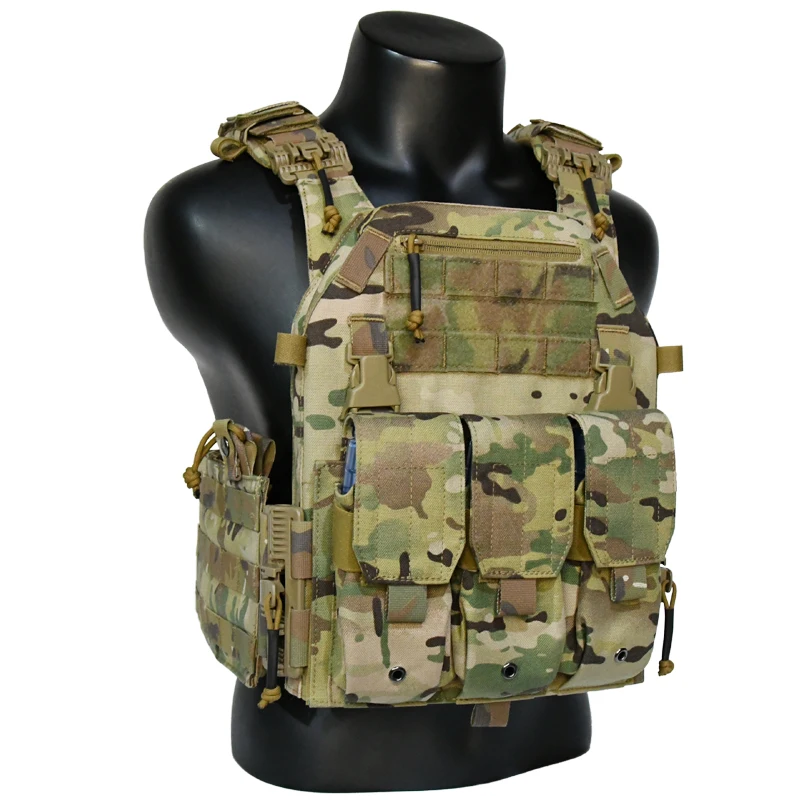Tactical Gear
PRODUCTS
Tactical Vest Fit and Sizing Guide
Understanding Your Body Type and Measurements
Before even considering specific vest models, accurate body measurements are paramount. Don't rely solely on clothing sizes; instead, take precise measurements of your chest, waist, and shoulders. Measure your chest circumference at the fullest point, your waist at the natural waistline, and your shoulders across the back at the widest point. Record these measurements carefully, as they will be the foundation for selecting the appropriate vest size. Remember to measure over the clothing you'll typically wear under the vest – adding layers will affect the final fit.
Consider your body type as well. Are you particularly broad-shouldered? Do you have a longer torso? These factors can influence how a vest fits. Some vests are designed with a more athletic cut, while others offer a more relaxed fit. Understanding your body shape will help you choose a vest cut that complements your build and allows for optimal movement.
Vest Construction and Material
The construction and material of the tactical vest significantly influence its fit and comfort. Vests constructed from rigid materials, like ballistic nylon or hard-shell plates, will offer more protection but may be less flexible and comfortable. Conversely, vests made from more flexible materials, such as lightweight nylon or ripstop fabric, allow for greater freedom of movement but may offer less protection.
Consider the adjustability features. Many tactical vests feature adjustable straps and cummerbunds, allowing you to fine-tune the fit to your body. Look for vests with multiple adjustment points for a customized and secure fit. These adjustable elements help to accommodate differences in body shape and size, ensuring a comfortable fit for a wider range of individuals.
Assessing the Fit: Movement and Equipment Accessibility
The ultimate test of a tactical vest's fit comes down to its impact on your movement and ability to access your equipment. Put the vest on and perform a range of movements – reaching, bending, crouching, and running. The vest should not restrict your mobility or hinder your ability to draw your weapon or access other essential gear.
Check the placement of pouches and pockets. Are they easily accessible? Are they positioned in a way that allows for quick and efficient access to the equipment they hold? A poorly designed layout can render even the best-fitting vest cumbersome and ineffective. Ensure all pouches and pockets are within comfortable reach and that their placement doesn't interfere with movement or other equipment.
Considering Weight and Load Capacity
The weight of the vest itself and the load it carries can also affect the overall fit and comfort. A heavier vest, especially when loaded with equipment, can pull and sag, creating discomfort and impacting movement. Consider the weight of the vest and the potential weight of additional equipment you intend to carry before making a purchase.
Evaluate the load-bearing capacity. Ensure the vest's design and materials can comfortably accommodate the weight of your gear without compromising its structural integrity or your mobility. Overloading a vest can lead to discomfort, fatigue, and even injury. Choose a vest that can adequately support the weight of your anticipated equipment without becoming overly cumbersome.
Trial and Error: The Importance of Trying Before Buying
Whenever possible, try on a tactical vest before purchasing it. This allows you to assess the fit firsthand and identify any potential issues. If buying online, carefully review the sizing chart and return policy. Don't hesitate to contact the vendor with questions regarding sizing or fit. A well-fitting tactical vest is a crucial piece of equipment, and investing time in finding the right size will ultimately enhance your performance and safety.
Remember, a properly fitted tactical vest is more than just comfortable; it's essential for safety and operational effectiveness. By carefully considering your body type, the vest's construction, and its impact on your movement and equipment accessibility, you can find the perfect vest to meet your specific needs and ensure optimal performance in any situation.
SUBSCRIBE
INQUIRY










